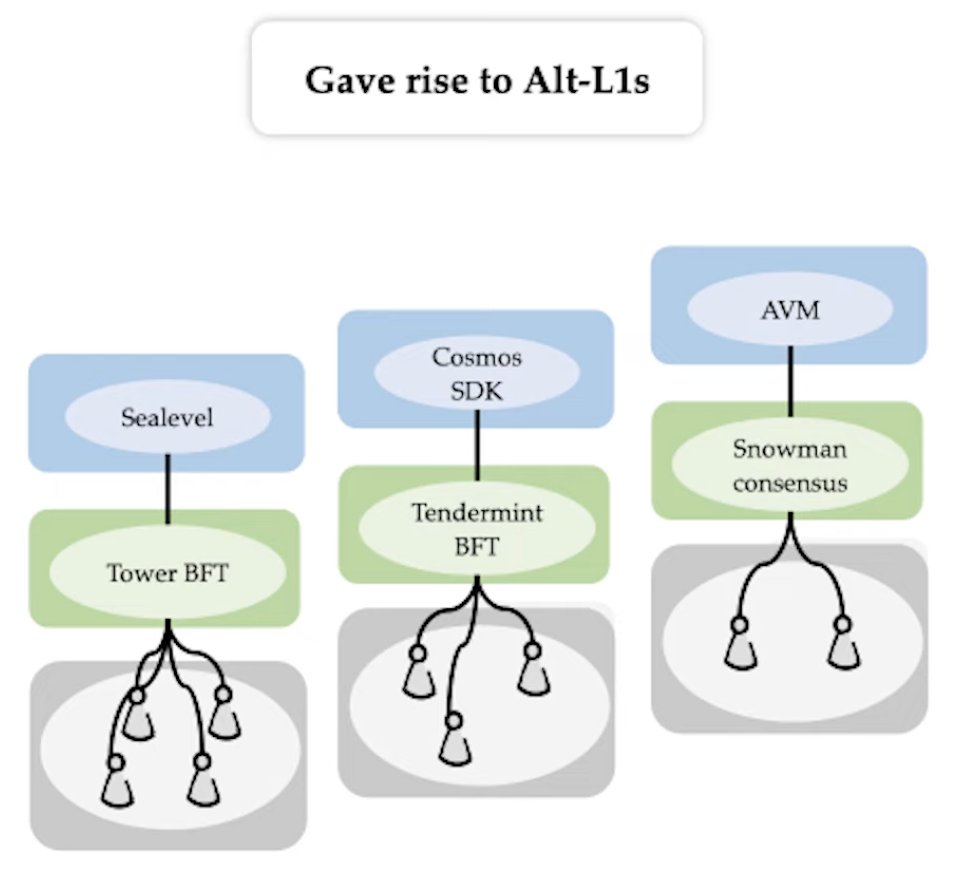
Investing @VelocityCap_|prev @BinanceResearch|Disclaimer: No Financial Advice
5 subscribers
How to get URL link on X (Twitter) App


 1. First, AI becomes far more powerful than we think. AI performance in new benchmarks—MMMU, GPQA, and SWE-bench—sharply increased: scores rose by 18.8, 48.9, and 67.3 percentage points, respectively. Beyond benchmarks, AI systems made major strides in generating high-quality video, and in some settings, LLMs even outperformed humans in programming tasks with limited time budgets.
1. First, AI becomes far more powerful than we think. AI performance in new benchmarks—MMMU, GPQA, and SWE-bench—sharply increased: scores rose by 18.8, 48.9, and 67.3 percentage points, respectively. Beyond benchmarks, AI systems made major strides in generating high-quality video, and in some settings, LLMs even outperformed humans in programming tasks with limited time budgets.

 1. TLDR: 2 things @sporedotfun & @pumpdotfun have in common are
1. TLDR: 2 things @sporedotfun & @pumpdotfun have in common are
 1. To know how important it is for @swarms_corp to facilitate collaboration among different LLMs, we need to know limitations of AI agents working in silo, which are —
1. To know how important it is for @swarms_corp to facilitate collaboration among different LLMs, we need to know limitations of AI agents working in silo, which are —
 @truth_terminal @pmarca @yesnoerror @MattPRD 1. In October of 2024 a research paper claimed that black cooking utensils were extremely poisonous. People panicked. It turns out there was a just simple arithmetic error in the paper (60 multiplied by 7,000 to get 42,000)! More for the story: nationalpost.com/news/canada/bl…
@truth_terminal @pmarca @yesnoerror @MattPRD 1. In October of 2024 a research paper claimed that black cooking utensils were extremely poisonous. People panicked. It turns out there was a just simple arithmetic error in the paper (60 multiplied by 7,000 to get 42,000)! More for the story: nationalpost.com/news/canada/bl…
https://x.com/lambdafinance/status/1780614491342061892

 @LidoFinance @fraxfinance 1. What @fraxfinance does in $frxETH v2 is to make staking reward to stakers as lending rate, whereas allowing anyone to be validators, who are the borrowers of $ETH staked in @fraxfinance, by putting 4 $ETH as collateral in case of slashing.
@LidoFinance @fraxfinance 1. What @fraxfinance does in $frxETH v2 is to make staking reward to stakers as lending rate, whereas allowing anyone to be validators, who are the borrowers of $ETH staked in @fraxfinance, by putting 4 $ETH as collateral in case of slashing.

 @CurveFinance 1. TLDR 1: $crvUSD turns demand of leveraging with a reduced risk of hard liquidation into rewards paid to traders who facilitate (de)liquidation when swapping on LLAMMA.
@CurveFinance 1. TLDR 1: $crvUSD turns demand of leveraging with a reduced risk of hard liquidation into rewards paid to traders who facilitate (de)liquidation when swapping on LLAMMA.

 @CurveFinance 1. $crvUSD maintains its peg via its dynamic interest rate and Peg Keepers (similar to @fraxfinance's AMO) which maintain the peg by minting or burning $crvUSD in its AMM pools.
@CurveFinance 1. $crvUSD maintains its peg via its dynamic interest rate and Peg Keepers (similar to @fraxfinance's AMO) which maintain the peg by minting or burning $crvUSD in its AMM pools.





 @LiquityProtocol @MakerDAO 1. TLDR: 4 limbs for @LiquityProtocol to maintain the peg
@LiquityProtocol @MakerDAO 1. TLDR: 4 limbs for @LiquityProtocol to maintain the peg
 I mentioned this last late Sept and it is still in play
I mentioned this last late Sept and it is still in play https://twitter.com/DeFi_Cheetah/status/1574068975197356033

 @Uniswap 1. TLDR: providing liquidity to AMM, you are just as an option trader hedging delta dynamically for his long put position, except that he profits from longing volatility, while you take gamma risks without complementary rewards.
@Uniswap 1. TLDR: providing liquidity to AMM, you are just as an option trader hedging delta dynamically for his long put position, except that he profits from longing volatility, while you take gamma risks without complementary rewards.